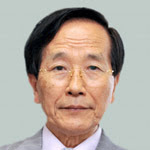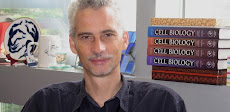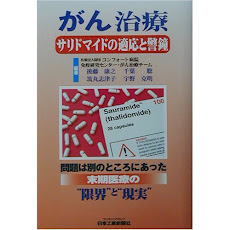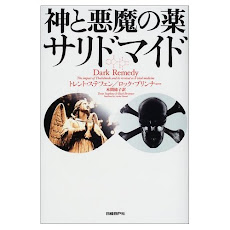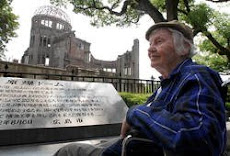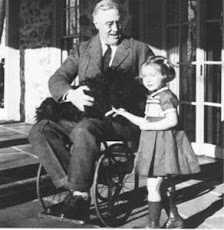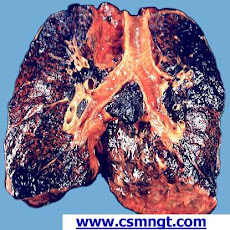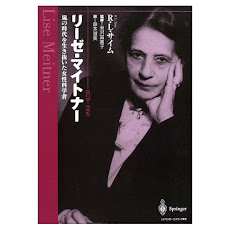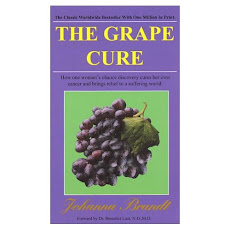2012年のノーベル賞授賞式が、アルフレド・ノーベルの命日である10日夕、
スウェーデン・ストックホルム市内のコン
サートホールで開かれ、京大の
山中伸弥教授(50)が、カール十六世グスタフ国王から医学生理学賞の
メダルと賞状を授与された。 授賞式後、ストックホルム市庁舎で開催された
晩さん
会に出席。共同受賞者の英ケンブリッジ大名誉教授、ジョン・ガードン
さん(79)がスピーチで 「山中さんの iPS 研究のおかげで, 自分が50年前に
やった研究の価値
が理解されるようになった」 とたたえると、受賞と大先輩の
賛辞の二重の栄誉に喜びの表情を浮かべた。
山中教授は10日午前 「授賞式はマラソンに例えると折り返し地点。これまで
基礎研究がメーンだったが、臨床応用というゴールが遠くに見えてきている。
マラソンもそうだが, 後半の方が大変なので、頑張りたい」 と述べ、受賞者には
極めて珍しい 「マラソン・ランナー」 として、式典に臨んだ (東京新聞)。
2012年12月11日火曜日
2012年11月22日木曜日
「NFジャーナル」最新情報:
安価な漢方「センシンレンの葉エキス」にPAK遮断作用
NF (NF1 及び NF2) の病因が「PAK」と呼ばれる発癌性キナーゼ(蛋白燐酸化
酵素) の異常活性化であること、更に比較的安価なPAK遮断剤として、
ミツバチが古来 (一億年ほど昔) から代々調剤してきた「プロポリス」エキス、
特にニュージーランド産の「Bio 30」、ブラジル産のグリーンプロポリスエキス
「Pー300」(GPE)がNF治療に有効であることを我々が紹介してから、
既に数年が経っている。その後、天然のPAK遮断剤探索/開発に関する研究は
いかに進んでいるだろうか?
この種の研究には、「平行思考」が欠かせない。どう言うことかというと、「PAK」を
必須とする他のいくつかの病気(例えば、潰瘍、マラリア、流感、認知症 、糖尿病
など) を発掘した上、それぞれの病気の治療に有効といわれている天然の
既知物質の中から、逆にNF治療に有効な新しいPAK遮断剤を捜し出すと
いう思考過程である。最近、PAK依存性疾患に関する史上初の英文単行本を
ようやく編集し終わって、年末あるいは年始ごろに英国のオックスフォードにある
大手の医学出版社(Elsevier)から出版の運びに至った。その編集過程で、
面白い漢方のハーブエキスを一つ発見した。「センシンレン」という東南アジア
産の植物の葉から得られる非常に苦いエキスである。「良薬は苦し」の諺に
もれず、英語では King of Bitters「苦味の王様」と呼ばれている。もっとも市販
されている安価なエキスは、幸い、カプセルに封入されいるから「苦味は全く
ない」!
しかしながら、この発見の過程には、いくつかの回り道をする必要があった。
先ず、ごく最近の論文で、オーストリアのウイーン医科大学のグループが、
アスピリンの誘導体であるメサラミン(5ーASA)がPAK遮断剤であることを発見
したという記事を読んだ。この薬は胃腸の潰瘍を治療するために、35年ほど昔に
開発された。面白いことには、潰瘍の進行にはPAKが必須であることが既に知ら
れている。
そこで、潰瘍に有効な治療薬をいくつか探索しているうちに、漢方「センシンレン」
の葉エキスが、メサラミンよりも有効であるという論文をみつけた。この論文は
丁度2年前、中国の上海にある製薬会社(HMPL)と米国のカルフォルニア大学
(UCSD および UCLA) の共同研究 (臨床試験) として、発表されていた。
その (90%アルコール) エキスは、商標「HMPL-004」と呼ばれている。毎日の
有効経口量は、体重kg当たり20ー30 mg だった。つまり、体重60kgの大人
なら、1200-1800 mg である。
さて、インターネット上の数社から「センシンレンのエキス」が安価に得られる。
例えば、「Now Foods」(nowfoods.com) では、400 mg のカプセル90粒が約10 ドル
(約800円) で通販されている。
http://www.amazon.com/dp/B0041XEU6M?tag=buy-tools-home-products-20
従って、平均的な成人なら毎日3ー4粒、つまり一日の薬価が40円以下と
いう計算になる。(もし、効き目が同じなら)プロポリスよりもずっと安上がり
である!!! (この経口量では)副作用もほとんどないようである。。。
けだし、このエキスの主要な苦味成分は、「アンドログラフォリド」と呼ばれる
ジテルペン系ラクトンであるといわれ、これがどうやらPAKを遮断するようで
ある。 なお、この物質は血管脳関門を通過するので、脳内に発生した腫瘍の
治療にも有効であるはずである。
詳しい内容は、下記の英文記事 (「King of Bitters」Leave Extract) を参照
されたし。
安価な漢方「センシンレンの葉エキス」にPAK遮断作用
NF (NF1 及び NF2) の病因が「PAK」と呼ばれる発癌性キナーゼ(蛋白燐酸化
酵素) の異常活性化であること、更に比較的安価なPAK遮断剤として、
ミツバチが古来 (一億年ほど昔) から代々調剤してきた「プロポリス」エキス、
特にニュージーランド産の「Bio 30」、ブラジル産のグリーンプロポリスエキス
「Pー300」(GPE)がNF治療に有効であることを我々が紹介してから、
既に数年が経っている。その後、天然のPAK遮断剤探索/開発に関する研究は
いかに進んでいるだろうか?
この種の研究には、「平行思考」が欠かせない。どう言うことかというと、「PAK」を
必須とする他のいくつかの病気(例えば、潰瘍、マラリア、流感、認知症 、糖尿病
など) を発掘した上、それぞれの病気の治療に有効といわれている天然の
既知物質の中から、逆にNF治療に有効な新しいPAK遮断剤を捜し出すと
いう思考過程である。最近、PAK依存性疾患に関する史上初の英文単行本を
ようやく編集し終わって、年末あるいは年始ごろに英国のオックスフォードにある
大手の医学出版社(Elsevier)から出版の運びに至った。その編集過程で、
面白い漢方のハーブエキスを一つ発見した。「センシンレン」という東南アジア
産の植物の葉から得られる非常に苦いエキスである。「良薬は苦し」の諺に
もれず、英語では King of Bitters「苦味の王様」と呼ばれている。もっとも市販
されている安価なエキスは、幸い、カプセルに封入されいるから「苦味は全く
ない」!
しかしながら、この発見の過程には、いくつかの回り道をする必要があった。
先ず、ごく最近の論文で、オーストリアのウイーン医科大学のグループが、
アスピリンの誘導体であるメサラミン(5ーASA)がPAK遮断剤であることを発見
したという記事を読んだ。この薬は胃腸の潰瘍を治療するために、35年ほど昔に
開発された。面白いことには、潰瘍の進行にはPAKが必須であることが既に知ら
れている。
そこで、潰瘍に有効な治療薬をいくつか探索しているうちに、漢方「センシンレン」
の葉エキスが、メサラミンよりも有効であるという論文をみつけた。この論文は
丁度2年前、中国の上海にある製薬会社(HMPL)と米国のカルフォルニア大学
(UCSD および UCLA) の共同研究 (臨床試験) として、発表されていた。
その (90%アルコール) エキスは、商標「HMPL-004」と呼ばれている。毎日の
有効経口量は、体重kg当たり20ー30 mg だった。つまり、体重60kgの大人
なら、1200-1800 mg である。
さて、インターネット上の数社から「センシンレンのエキス」が安価に得られる。
例えば、「Now Foods」(nowfoods.com) では、400 mg のカプセル90粒が約10 ドル
(約800円) で通販されている。
http://www.amazon.com/dp/B0041XEU6M?tag=buy-tools-home-products-20
従って、平均的な成人なら毎日3ー4粒、つまり一日の薬価が40円以下と
いう計算になる。(もし、効き目が同じなら)プロポリスよりもずっと安上がり
である!!! (この経口量では)副作用もほとんどないようである。。。
けだし、このエキスの主要な苦味成分は、「アンドログラフォリド」と呼ばれる
ジテルペン系ラクトンであるといわれ、これがどうやらPAKを遮断するようで
ある。 なお、この物質は血管脳関門を通過するので、脳内に発生した腫瘍の
治療にも有効であるはずである。
詳しい内容は、下記の英文記事 (「King of Bitters」Leave Extract) を参照
されたし。
2012年11月20日火曜日
"King of Bitters" (Andrographis paniculate) Leave Extract:
An "Inexpensive" PAK Blocker
Recently a group led by Chris Gasche at
Vienna Medical University in Austria found that Mesalamine (5-ASA), an Aspirin
derivative, blocks the oncogenic kinase PAK (1). This drug was developed around
1977 for the therapy of bowel ulcers. Since both bowel ulcers and cancers are
known to require PAK, I started looking for a series of anti-ulcer drugs, in
particular natural and inexpensive products, which are used not only for ulcer,
and but also for other PAK-dependent diseases such as cancers (in particular solid
tumors), inflammatory diseases such as asthma and arthritis, a variety of
infectious diseases such as malaria, AIDs and flu, as well as AD (Alzheimer’s
disease) and type 2 diabetes.
To my great surprise, the herb extract
called HMPL-004, which is the 90% alcohol-extract of leaves of a Southasian
plant called “King of Bitters” (Andrographis
paniculata) is more potent than Mesalamine to suppress the bowel ulcer,
according to the 2011 clinical trial report from a group led by Bill Sandborn
at UCSD in collaboration with a Chinese company (HMPL) in Shanghai (2). 1200 mg
of HMPL-004 daily is as effective as 4500 mg of Mesalamine when they are orally
administered. Thus, it is most likely that HMPL-004 blocks PAK as Mesalamine. Indeed
Andrographolide, a diterpene lactone of MW 350, the major
anti-ulcer/anti-cancer ingredient in this extract has been shown to block the
oncogenic PI-3 kinase, leading the inactivation of both PAK and AKT (3).
Is this bitter extract available on the
market? Yes, several on-line companies
are selling this extract in capsules very inexpensively. 400 mg capsule costs
only 10 cents. Ulcer patients need 3-4 capsules daily (costing only 30-40
cents)! I have previously introduced an
inexpensive NZ propolis extract called “Bio 30” for the life-long therapy of NF
(neurofibromatosis) which requires PAK. Currently 25 ml bottle of Bio 30 costs around
US$7, and since average adults (weighing around 60 kg) need 6-12 ml daily, their
daily cost would be US$ 2-4. Thus, compared with Bio 30, this herb extract (called
“Chua Xin Lian” in China) is far cheaper. So far at this dose the herb extract
causes no side effect. Thus, it would be worth testing the therapeutic effect
of HMPL-004 on NF and several other brain diseases such as AD, because it
passes the BBB (blood brain barrier).
References:
- Khare V, Lyakhovich A, Dammann K, Lang M, Borgmann M, Tichy B, Pospisilova S, Luciani G, Campregher C, Evstatiev R, Pflueger M, Hundsberger H, Gasche C. Mesalamine modulates intercellular adhesion through inhibition of p-21 activated kinase-1. Biochem Pharmacol. 2012, in press.
2.
Tang T, Targan SR, Li ZS, Xu C, Byers VS, Sandborn WJ. Randomised
clinical trial: herbal extract HMPL-004 in
active ulcerative colitis - a double-blind comparison with sustained release
mesalazine. Aliment Pharmacol Ther.
2011, 33:194-202.
3.
Lee YC, Lin HH, Hsu CH, Wang CJ, Chiang TA, Chen JH. Inhibitory
effects of andrographolide on
migration and invasion in human non-small cell lung cancer A549 cells via
down-regulation of PI3K/Akt signaling pathway. Eur J Pharmacol. 2010, 632: 23-32.
2012年8月23日木曜日
The Very First Book on PAKs (Elsevier "Insight" Series) in 2013:
“PAKs, RAC/CDC42(p21)-activated Kinases:
edited by Hiroshi Maruta (NF/TSC Cure Org., Melbourne, Australia)
Epilogue (Hiroshi Maruta)
Lateral Thinking is the Key for a Great Leap of Bio-medical Sciences.
Towards the
Cure of Cancer and Other PAK-dependent Diseases”
edited by Hiroshi Maruta (NF/TSC Cure Org., Melbourne, Australia)
Contents:
Introduction (Hiroshi Maruta)
Pushing the Boundary
toward Clinic: 35-Year PAK Research
Comes of Age
Chapter 1: “Functional Maturation of PAKs: from Uni-cellular to Multi-cellular
Organisms”
(Masato
Okada, Graham Cote, Ramesh Jha, Hiroshi Maruta),
Osaka University, Japan
Chapter 2: “Oncogenicity of PAKs and Their Substrates”
(Hong He & Hiroshi Maruta) University
of Melbourne, Australia
Chapter 3: “Natural or Synthetic Therapeutics that Block
PAKs”
(Hiroshi
Maruta, Shanta Messerli, Ramesh Jha)
NF/TSC Cure Org, Melbourne, Australia
Chapter 4: “PAK1-3 in Infectious Diseases (Malaria, AIDS,
flu, etc) ”
( Hiroshi
Maruta) NF/TSC Cure Org, Melbourne, Australia
Chapter 5: “PAK1 in Brain Diseases” (NF, TSC, glioma,
RB, epilepsy, depression, LD)
(Hiroshi Maruta & Shanta Messerli) Marine Biological Lab, USA
Chapter 6: ”PAK1 in Alzheimer’s and Huntington’s
diseases”
(Qiu-Lan
Ma, Fusheng Yang, Sally
Frautschy and Greg Cole)
UCLA, USA
Chapter 7: “PAK1 Controls the Lifespan”
(Sumino
Yanase & Hiroshi Maruta) Daito Bunka University, Japan
Chapter 8: “3D Structure and Physiological Regulation of PAKs ”
(Stefan Knapp)Oxford University, UK
Lateral Thinking is the Key for a Great Leap of Bio-medical Sciences.
PAK is a family of Ser/Thr kinases which
are activated by RAS-related G proteins of 21 kDa (p21) called RAC and CDC42. Although
the first mammalian PAKs (PAK1 and PAK2) were cloned by Ed Manser’s group in
Singapore around 1994 (1), the first member of PAK family was isolated by our
team at NIH in a soil amoeba as Acanthamoeba
myosin I heavy chain kinase (MIHCK) in 1977 (2), far before a series of small G
proteins (p21) such as RAS and RAC/CDC42 were discovered during 1980s. The
myosin I is a small unconventional “single-headed” myosin which unlike the
conventional double-headed myosins (myosin II) lacks the C-terminal tail, and
requires the phosphorylation of its heavy chain by the MIHCK for
actin-activation of its intrinsic ATPase activity (2). Once myosin I is phosphorylated, its
interaction with actin-filament (F-actin) triggered a rapid ATP hydrolysis and
actomyosin complex (microfilament) associated with leading edge of amoeba
contracts, and so-called amoeboid movement or membrane ruffling occurs...
Shortly after the oncogenic RAS-RAC/CDC42-PAKs signaling pathway was about to be established in mid-1990s, Jeff Field’s group in Philadelphia discovered that RAS indeed activates PAK1, and over-expression of the dominant negative (DN) mutant of PAK1 in both RAS-transformed fibroblasts and NF1-deficient MPNST (malignant peripheral nerve sheath tumor), in which RAS is abnormally activated, can reverse their malignant phenotype both in vitro and in vivo (4, 5), strongly suggesting that PAK1 is essential for the RAS-induced malignant transformation (anchorage-independent growth) of cells...
Shortly after the oncogenic RAS-RAC/CDC42-PAKs signaling pathway was about to be established in mid-1990s, Jeff Field’s group in Philadelphia discovered that RAS indeed activates PAK1, and over-expression of the dominant negative (DN) mutant of PAK1 in both RAS-transformed fibroblasts and NF1-deficient MPNST (malignant peripheral nerve sheath tumor), in which RAS is abnormally activated, can reverse their malignant phenotype both in vitro and in vivo (4, 5), strongly suggesting that PAK1 is essential for the RAS-induced malignant transformation (anchorage-independent growth) of cells...
Rather surprisingly, several non-tumor
diseases such as AIDS, malaria, flu, Alzheimer’s (AD), Huntington’s (HD),
inflammatory diseases such as asthma and arthritis, hyper-tension, epilepsy,
depression, schizophrenia and autism associated with fragile X syndrome (FXS)
also turned out to be PAK1-dependent. Thus, the potential market value of these
PAK1 blockers would be huge in the future...
Afraxis in San Diego, founded by Susumu Tonegawa of MIT (the 1987 Nobel laureate) and his colleagues, recently developed a potent PAK1-specific inhibitor called "FRAX597" (IC50
around 10 nM), which passes the blood brain barrier. So they can test its effect on the long term memory in mice, and if this PAK1-specific inhibitor can cure
or delay a variety of the known PAK1-dependent brain diseases/disorders such as NF (neurofibromatosis) and TSC (tuberous sclerosis).
Celebrating such an exciting PAK1-specific
inhibitor development, in the above 8 chapters, world experts in his or her
own specific fields would discuss in detail with their deep insight, how PAKs,
in particular the oncogenic kinases PAK1 and PAK4 or their blockers, could
control our life and health in a variety of aspects, and how mammalian PAKs are
functionally being evolved from their ancestral origin(s) in uni-cellular
organisms such as yeast and amoeba with a series of mutations over million
years.
2012年7月2日月曜日
日本にも”緑の党”!
東京新聞の今日の朝刊によれば、日本にも、いよいよ”緑の党”が今月28日に結成される。 2008年に発足された”みどりの未来”が母体。まず、参議院の比例代表で最低一議席を獲得することが当面の目標。マニフェストの一つは、脱原発を目指す事。
詳しくは、http://www.greens.gr.jp/
もっとも、(民主党を離党する)小沢一郎とその一族郎党が”緑の党”に合流すると言う噂は全くない。 彼は”ぶっ壊し屋”だから、誰にももはや歓迎されない。。。
ところで、豪州(タスマニア島出身)の”緑の党”の創立者、ボッブ=ブラウン医師は、今年党首を勇退して、女性に党首の席を譲った。 http://greens.org.au/
私は豪州メルボルンに25年近く永住している。 豪州を永住地に選んだ理由の一つは、
このオセアニア大陸で世界に先駆けて、最初の「みどりの党」が、ボッブ=ブラウンによって、
ダム建設、森林の乱伐などに反対して、20年前に結成されたからである。その後、
豪州の「みどりの党」は、政界で躍進を続けし、労働党、自由党に次いで第3政
党として、現在の少数与党(労働党)を助けて、ジュリア=ギラード(初の女性
首相)内閣の革新政策の推進役をつとめている。
従って、欧州大陸(独仏など)における「みどりの党」の成功にならって、日本
でも「みどりの党」が再度結成され、一般市民の意志を無視した民主/自民(大
連立)による横暴(「原発」の再開)などを阻止するために、戦いましょう!
そして、先達「紋次郎」(中村敦夫さん)の意志を継ぎましょう!
詳しくは、http://www.greens.gr.jp/
もっとも、(民主党を離党する)小沢一郎とその一族郎党が”緑の党”に合流すると言う噂は全くない。 彼は”ぶっ壊し屋”だから、誰にももはや歓迎されない。。。
ところで、豪州(タスマニア島出身)の”緑の党”の創立者、ボッブ=ブラウン医師は、今年党首を勇退して、女性に党首の席を譲った。 http://greens.org.au/
私は豪州メルボルンに25年近く永住している。 豪州を永住地に選んだ理由の一つは、
このオセアニア大陸で世界に先駆けて、最初の「みどりの党」が、ボッブ=ブラウンによって、
ダム建設、森林の乱伐などに反対して、20年前に結成されたからである。その後、
豪州の「みどりの党」は、政界で躍進を続けし、労働党、自由党に次いで第3政
党として、現在の少数与党(労働党)を助けて、ジュリア=ギラード(初の女性
首相)内閣の革新政策の推進役をつとめている。
従って、欧州大陸(独仏など)における「みどりの党」の成功にならって、日本
でも「みどりの党」が再度結成され、一般市民の意志を無視した民主/自民(大
連立)による横暴(「原発」の再開)などを阻止するために、戦いましょう!
そして、先達「紋次郎」(中村敦夫さん)の意志を継ぎましょう!
登録:
投稿 (Atom)
















































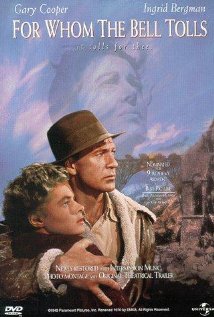

























![リオ五輪男子体操団体:日本(金)、ロシア[銀]、中国[銅]。](https://blogger.googleusercontent.com/img/b/R29vZ2xl/AVvXsEjHS61FORcH43CteZVfJzLmbqvNwOIliOSMpTpRtEi7x8j1ZwPk5rDaZovTrwuZxfDDtdEDSj673it735LF0mweIunaj7ja07lURBDYTV6wPMaAlumFt3aWWzYbHZgIaxcOLk_OKEMyQ3lX/s1600/2016+taiso+gold.jpg)
![皇太子(明仁)による沖縄訪問 [1975年]](https://blogger.googleusercontent.com/img/b/R29vZ2xl/AVvXsEjvSQrzV7yw_4gVQSwxZP_jh4VnEJscSqOqbiBh0VdAK3CRddXRqkd70JdLyws9fGejk-FGVmXWbHvSxlF3f8UogTyf9KXbqU1NGXesvcx2Hlsd6uq81AHweeioc61wynq3d2IYuyolijgT/s1600/akihito+message.jpg)



































































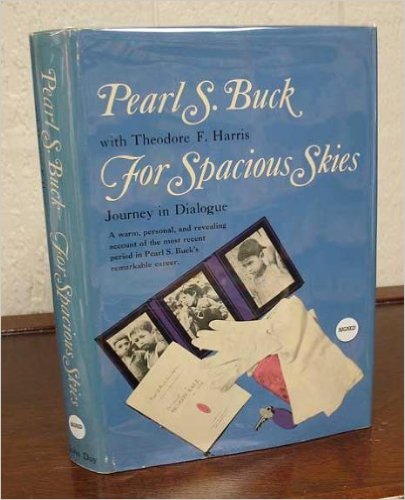





































































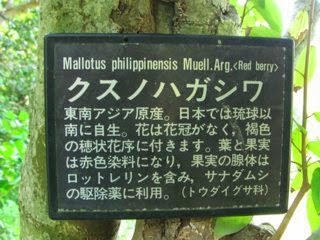








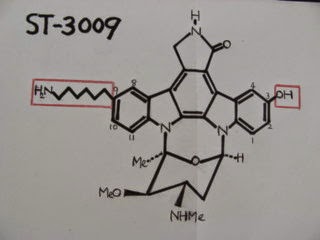







































![アルニカ [ウサギ菊]](https://blogger.googleusercontent.com/img/b/R29vZ2xl/AVvXsEilqv0qou-4NpoUh1PFWYK0FSaozKazee0VYGxsFtfjBma46ya9yxqB6X9Ziuob25tNRpBbnFIcUFlOEjz1WcAjVNzjGl1E-QbDgE7VOLkjZDx0eplJ1WJHf0fTEWXxf8F5G-cHUhqHELY9/s1600/ArnicaS.jpg)


















































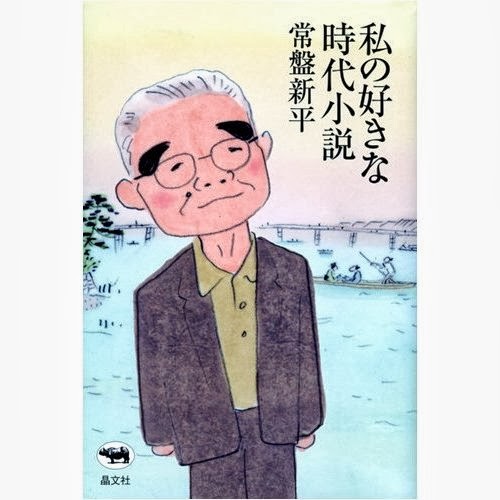










































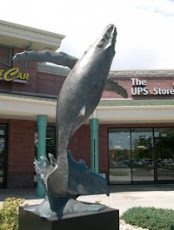










































.jpg)





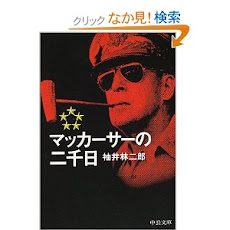

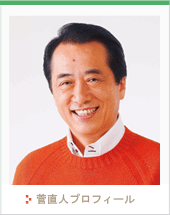







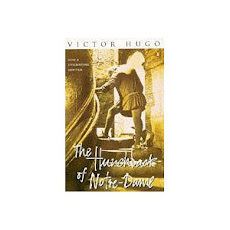
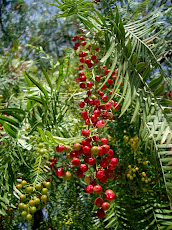




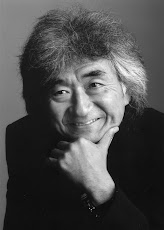

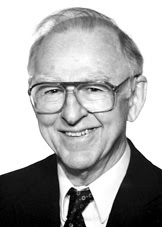








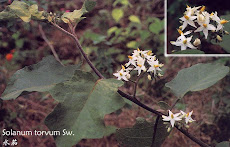







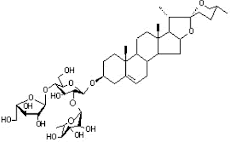
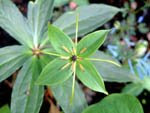














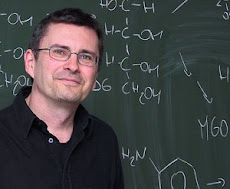


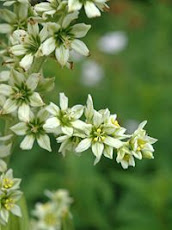





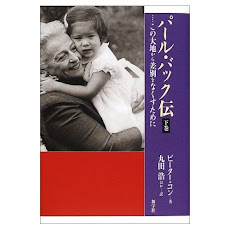


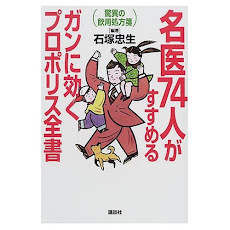



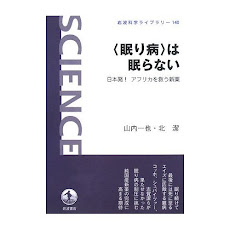






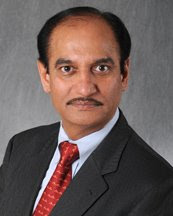





.jpg)

